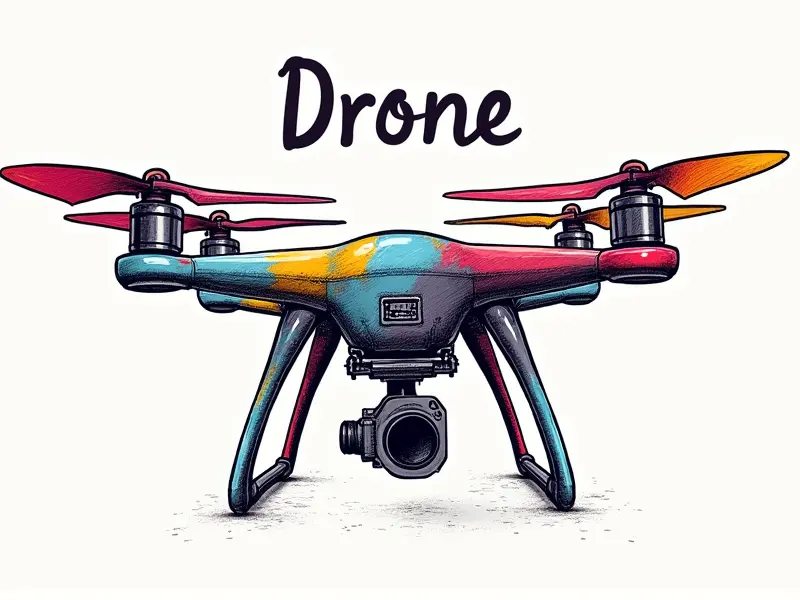What is an RC helicopter gyro?

Understanding RC Helicopter Gyros
An RC helicopter gyro is a crucial component in the stabilization and control of remote-controlled helicopters. It functions as a stabilizer to counteract unwanted movements, such as tilting or rolling, ensuring smoother flight dynamics and enhancing overall stability.
What Does an RC Helicopter Gyro Do?
An RC helicopter gyro primarily helps maintain balance by detecting angular velocities around the helicopter's axes. It measures yaw, pitch, and roll angles to correct deviations from a stable position, allowing pilots to focus on maneuvering rather than correcting erratic movements.
Explaining RC Helicopter Stabilization Systems
The stabilization system in an RC helicopter includes various components like gyros, servos, and electronic controllers. The gyro acts as the heart of this system by providing precise feedback to adjust rotor blade angles and maintain stability during flight maneuvers.
Why Are RC Helicopter Gyros Important?
Gyros are essential for enhancing flight performance in RC helicopters. They ensure that the helicopter can hover steadily, execute complex aerobatics smoothly, and respond accurately to control inputs, making them indispensable for both novice and experienced pilots.
Beginner's Guide to RC Helicopter Stability
For beginners, understanding how a gyro works is crucial. It helps in grasping the basics of helicopter flight dynamics and improving control skills. By mastering the use of gyros, new pilots can achieve better stability and confidence during flights.
Choosing the Right Gyro for Your RC Helicopter
Selecting an appropriate gyro depends on factors such as the size and weight of your RC helicopter, intended flight style (acro or aerobatic), and budget. High-end gyros offer advanced features like automatic tuning and programmability, while basic models provide essential stabilization functions.
The Role of Gyro in RC Helicopters
The gyro plays a pivotal role in maintaining stability by providing real-time feedback to the electronic controller. It senses the helicopter's orientation and sends signals to adjust rotor blade pitch angles, ensuring smooth flight dynamics regardless of external disturbances or pilot input.
Mastering RC Helicopter Stability with Gyros
To master stability using gyros, pilots should practice in calm conditions first. Gradually introduce more challenging maneuvers as proficiency increases. Familiarity with gyro settings and fine-tuning them according to specific flight scenarios can significantly enhance performance.
Inside the Mechanics of RC Helicopter Gyros
The mechanics involve a spinning mass (gyroscope) that resists changes in its orientation, providing accurate angular velocity data. This information is processed by electronic circuits and used to control servos for precise adjustments, ensuring stable flight conditions.
Setting Up Your RC Helicopter Gyro
Proper setup involves calibrating the gyro according to manufacturer instructions. Ensure correct power supply connections, proper sensor alignment, and initial tuning of sensitivity settings before testing in a controlled environment.
Essential Guide to RC Helicopter Gyros
This comprehensive guide covers all aspects from understanding how gyros work to choosing the best model for your needs. It also includes tips on installation, setup procedures, troubleshooting common issues, and optimizing performance for different flight styles.
Conclusion
Mastery of RC helicopter gyro technology is key to achieving optimal flight stability and control. By understanding its mechanics, selecting the right equipment, and fine-tuning settings according to specific needs, pilots can enjoy smoother flights and improved maneuverability in various conditions.

